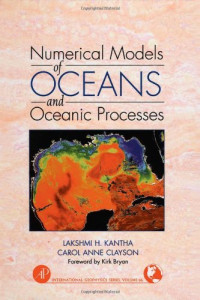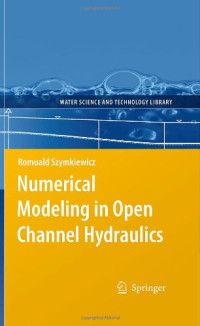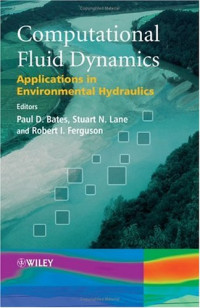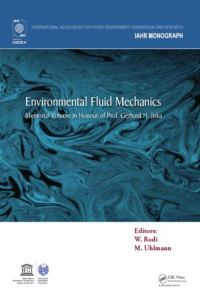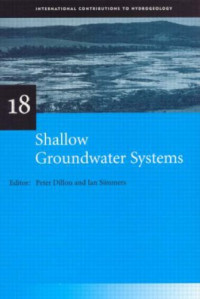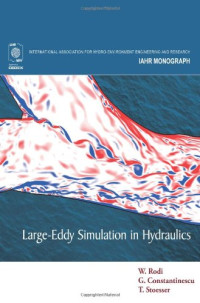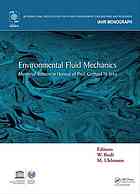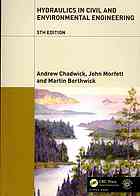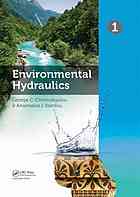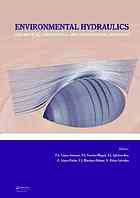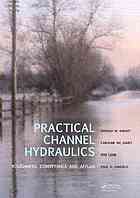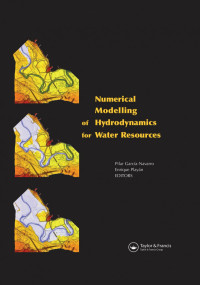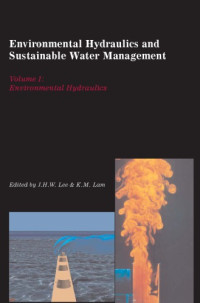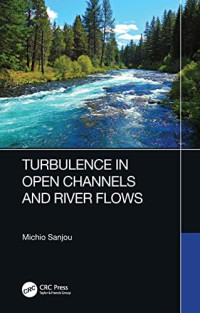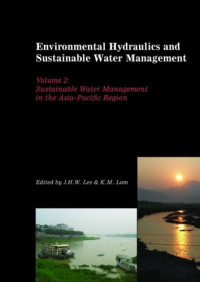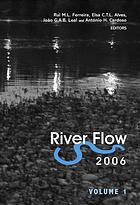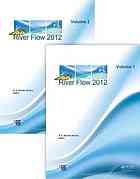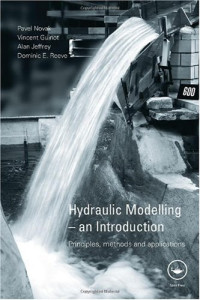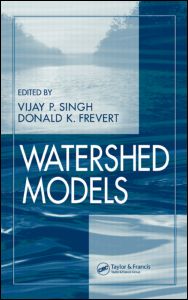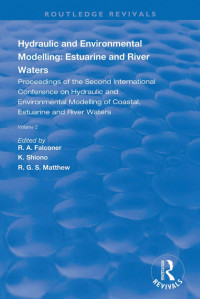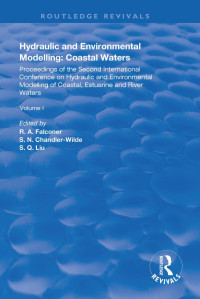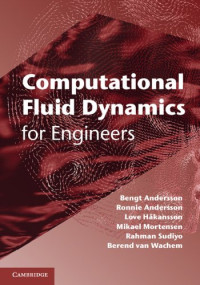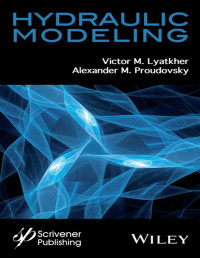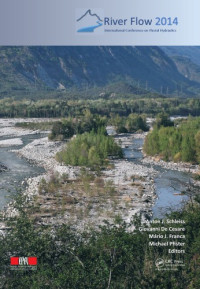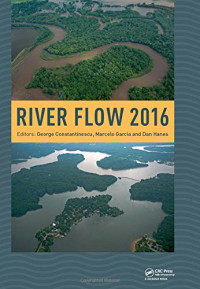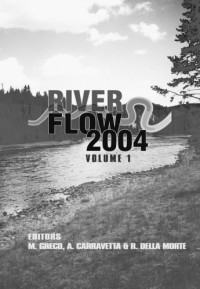
Numerical modelling of hydrodynamics for water resources
Pilar Garcia Navarro, Enrique Playán
Overland flow modelling has been an active field of research for some years, but developments in numerical methods and computational resources have recently accelerated progress, producing models for different geometries and types of flows, such as simulations of canal and river networks. Flow in canals has traditionally been described using one-dimensional, depth-averaged, shallow water models; but a variety of simulation techniques now facilitate the management of hydrodynamic systems, providing models which incorporate complex geometry and diverse flows. Much effort has gone into elaborating canal operational rules based on decision support systems, with the dual aim of assuring water delivery and meeting flow control constraints. In natural water courses, water management problems are associated with the need to meet quality standards. Numerical modelling of advection-diffusion can be used to manage problems related to the movement of solutes in rivers and aquifers. The analysis of solute transport is used to safeguard the quality of surface and ground water and to help prevent eutrophication. Solute flow through the soil can be dynamically linked to overland flow for hydrological and agricultural applications. Advances in modelling also cast new light on sediment transport in rivers, exploring the complex dynamics of river bed erosion and deposition and assist in thee analysis of river-reservoir systems. All these issues are discussed in Numerical Modelling of Hydrodynamics for Water Resources, which will be useful to civil engineers, applied mathematicians, hydrologists, and physicists.�
Abstract: Overland flow modelling has been an active field of research for some years, but developments in numerical methods and computational resources have recently accelerated progress, producing models for different geometries and types of flows, such as simulations of canal and river networks. Flow in canals has traditionally been described using one-dimensional, depth-averaged, shallow water models; but a variety of simulation techniques now facilitate the management of hydrodynamic systems, providing models which incorporate complex geometry and diverse flows. Much effort has gone into elaborating canal operational rules based on decision support systems, with the dual aim of assuring water delivery and meeting flow control constraints. In natural water courses, water management problems are associated with the need to meet quality standards. Numerical modelling of advection-diffusion can be used to manage problems related to the movement of solutes in rivers and aquifers. The analysis of solute transport is used to safeguard the quality of surface and ground water and to help prevent eutrophication. Solute flow through the soil can be dynamically linked to overland flow for hydrological and agricultural applications. Advances in modelling also cast new light on sediment transport in rivers, exploring the complex dynamics of river bed erosion and deposition and assist in thee analysis of river-reservoir systems. All these issues are discussed in Numerical Modelling of Hydrodynamics for Water Resources, which will be useful to civil engineers, applied mathematicians, hydrologists, and physicists
Abstract: Overland flow modelling has been an active field of research for some years, but developments in numerical methods and computational resources have recently accelerated progress, producing models for different geometries and types of flows, such as simulations of canal and river networks. Flow in canals has traditionally been described using one-dimensional, depth-averaged, shallow water models; but a variety of simulation techniques now facilitate the management of hydrodynamic systems, providing models which incorporate complex geometry and diverse flows. Much effort has gone into elaborating canal operational rules based on decision support systems, with the dual aim of assuring water delivery and meeting flow control constraints. In natural water courses, water management problems are associated with the need to meet quality standards. Numerical modelling of advection-diffusion can be used to manage problems related to the movement of solutes in rivers and aquifers. The analysis of solute transport is used to safeguard the quality of surface and ground water and to help prevent eutrophication. Solute flow through the soil can be dynamically linked to overland flow for hydrological and agricultural applications. Advances in modelling also cast new light on sediment transport in rivers, exploring the complex dynamics of river bed erosion and deposition and assist in thee analysis of river-reservoir systems. All these issues are discussed in Numerical Modelling of Hydrodynamics for Water Resources, which will be useful to civil engineers, applied mathematicians, hydrologists, and physicists
Categories:
Year:
2008
Publisher:
Taylor & Francis
Language:
english
Pages:
402
ISBN 10:
128106226X
ISBN 13:
9781281062260
File:
PDF, 70.35 MB
IPFS:
,
english, 2008
 Amazon
Amazon  Barnes & Noble
Barnes & Noble  Bookshop.org
Bookshop.org  File converter
File converter More search results
More search results More benefits
More benefits 